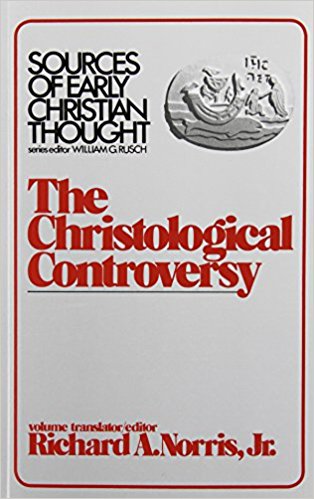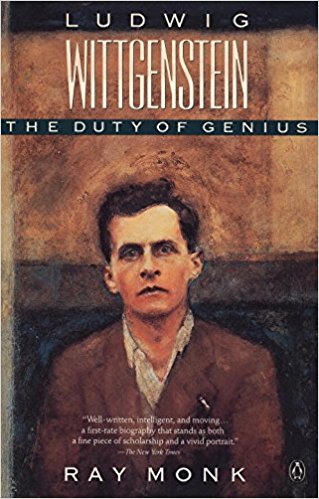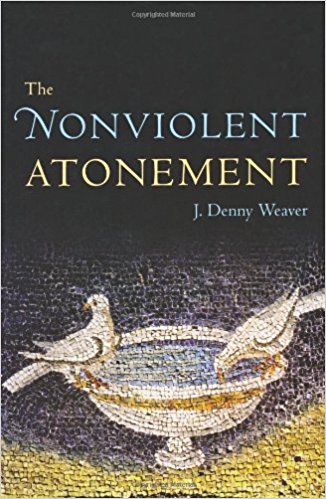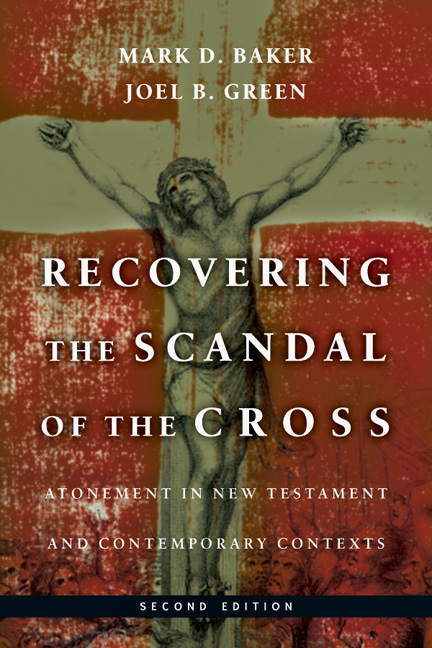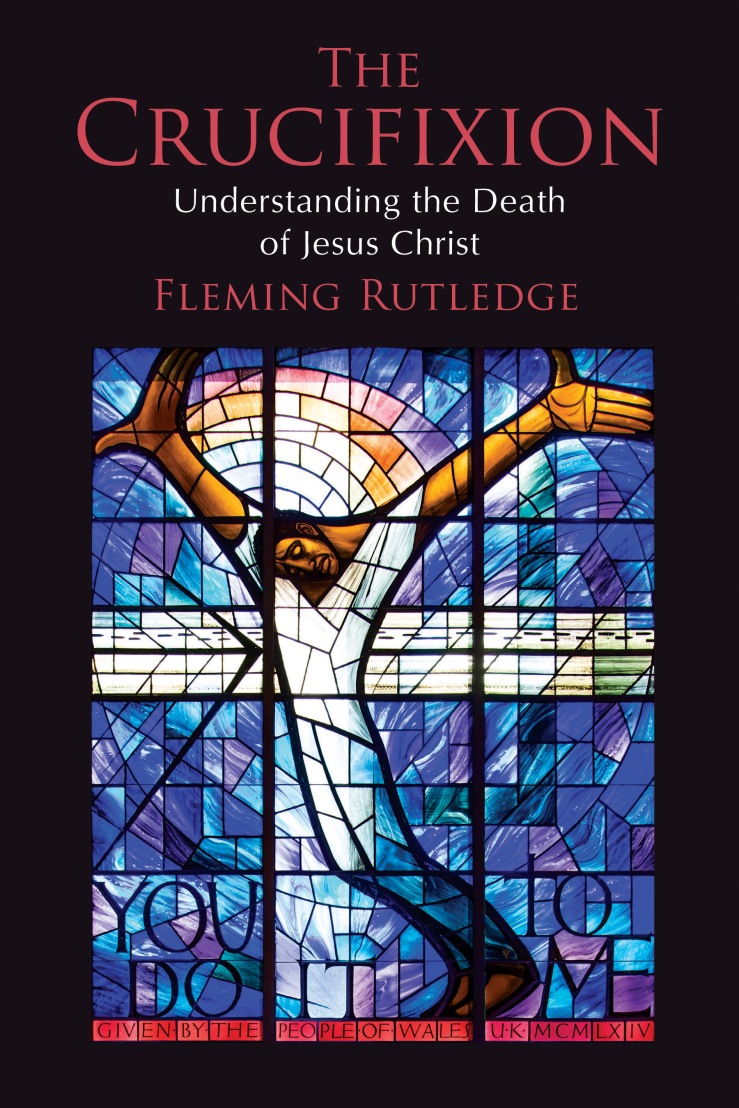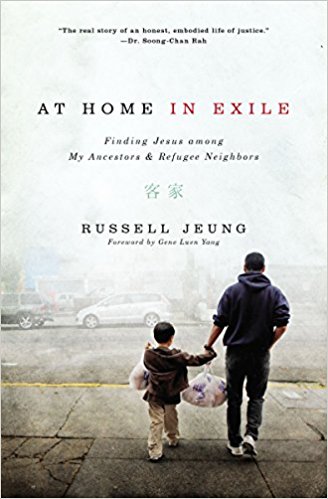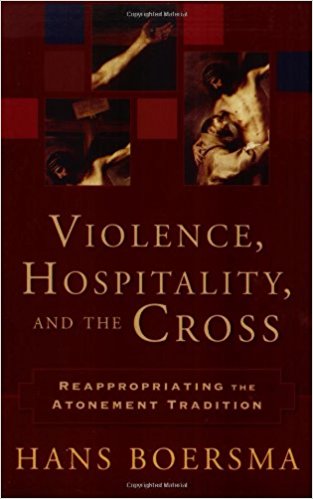
Inspired by Miroslav Volf’s ground-breaking Exclusion and Embrace (1996), Hans Boersma sets on a bold endeavor to face and redefine the meaning of violence at the cross-event through a divine hospitality lens.
God is, for Boersma, divine–absolute–hospitality. God wants–nay, wills–all to be welcomed into the Godhead. Yet, post-fall, all of creation is sin-stricken. Therefore, some degree of violence, “conditional violence,” is required to welcome (as much as possible) creation into the Godhead. Thus, Levinas and Derrida’s call for “absolute hospitality” here and now, for human society and by human means, is impossible and undesirable (because with “absolute hospitality” here and now, save the eschaton, even the devil can be invited). Instead, conditional hospitality is wanted: not all, certainly not evil, are equally welcomed. Some amount of conditional violence is needed to fence out said evils.
Boersma is bred within the Reformed tradition. So, it is noteworthy that Boersma begins with critiquing “high calvinism” and some of its violence-approving interpretations. These, he finds, are unsatisfactory. Better to start with Irenaeus’ recapitulation because, according to Boersma, recapitulation is able to subsume the three atonement model: Aberlardian (moral influence), Anselmian (satisfaction), and Christus Victor. He backs this up by relating these three models with Calvin’s doctrine of threefold offices of Christ: Prophetic with moral influence, priesthood with satisfaction, and kingship with Christus Victor. In this way, Boersma reappropriates the Reformed tradition along conditional hospitality lines.
I said above that Boersma undertook a bold endeavor. Well, was he successful? Perhaps. This is a relatively short book that covers a vast amount of complicated issues: violence, atonement, reformed tradition, ethics, etc. There are many sections that are wantings; others that are tangential. In the end, Boersma is worth the read, but I am not confident enough to say you’ll find the answers to the questions he raises and the ones you might have.

